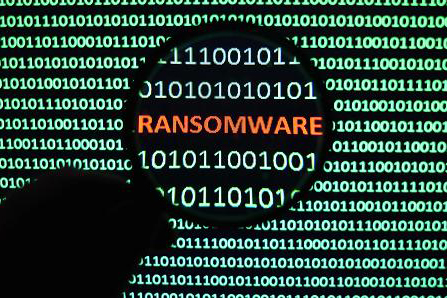Kaspersky researchers detected 16,017 new ransomware modifications in Q2 2019 – including ones belonging to eight new malware families.
According to the firm, this is more than double the number of new samples detected a year ago, in Q2 2018 (7,620). The Kaspersky IT Threat Evolution Q2 2019 report also high-lights that more than 230,000 users were attacked during the quarter, along with other key findings.
A Trojan-Ransom can be equally successful in both private and corporate attacks, as its functionality is simple yet highly effective. These Trojans encrypt files on a user’s computer and demand a ransom for the files to be released. The increase in malicious modifications and the appearance of new families is a dangerous sign that criminal activity is intensifying, with new malware versions emerging.
The second quarter of the year experienced a high number of infection attempts. According to Kaspersky data, 232,292 unique users were targeted by such attacks – 46% more than a year ago, in Q2 2018 (158,921). The countries with the largest share of attacked users were Bangladesh (9%), Uzbekistan (6%) and Mozambique (4%).
The ransomware family that attacked users most often in Q2 2019 (23.4% cases) was still WannaCry. Even though Microsoft released a patch for its operating system to close the vulnerability exploited by the ransomware two months prior to the start of the widespread and destructive attacks two years ago, it still remains in the wild. Another major actor was Gandcrab with 13.8% share, despite its creators an-nouncing that GandCrab wasn’t going to be distributed from the second half of the quarter.
“In this quarter we observed an increase in the number of new ransomware modifications, even though the Gandcrab family closed down in early June. The GandCrab ransomware family has long been one of the most popular cryptors amongst cybercriminals. For more than 18 months it has stayed in the list of the most rampant ransomware families we detect, but even its decline did not lower the statistics, as there are still other numerous widespread Trojans. The GandCrab case is a good illustration of how effective ran-somware can be, with its creators stopping their malicious activity after claiming they made a tremendous amount of money by extorting funds from their victims. We expect new actors to replace GandCrab and urge everyone to protect their devices by installing software updates regularly and choosing a reliable secu-rity solution,” said Fedor Sinitsyn, security researcher at Kaspersky.
To reduce the risk of infection, Kaspersky advises private users to:
- Always update your operating system to eliminate recent vulnerabilities and use a robust security so-lution with updated databases
- Not pay the ransom if you find your files have been encrypted with cryptomalware. This will only en-courage cybercriminals to continue and infect more people’s devices.
- Always have fresh backup copies of your files, so you can replace them in case they are lost (e.g. due to malware or a broken device) and store them not only on the device but also in cloud storage for greater reliability.










Discussion about this post